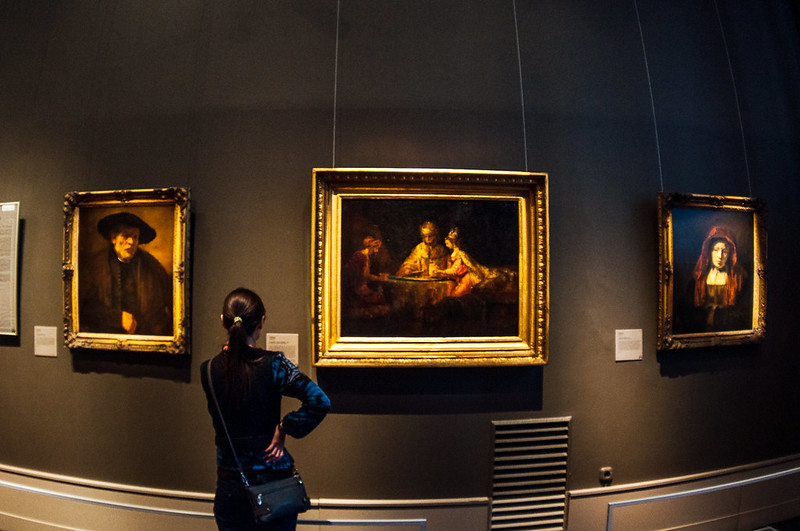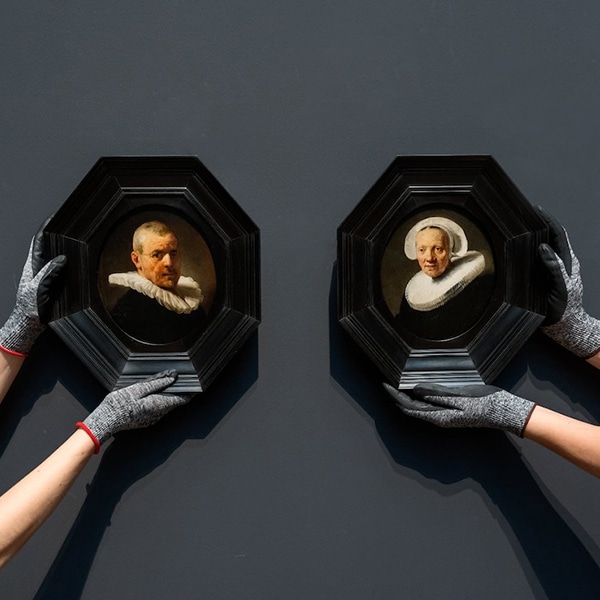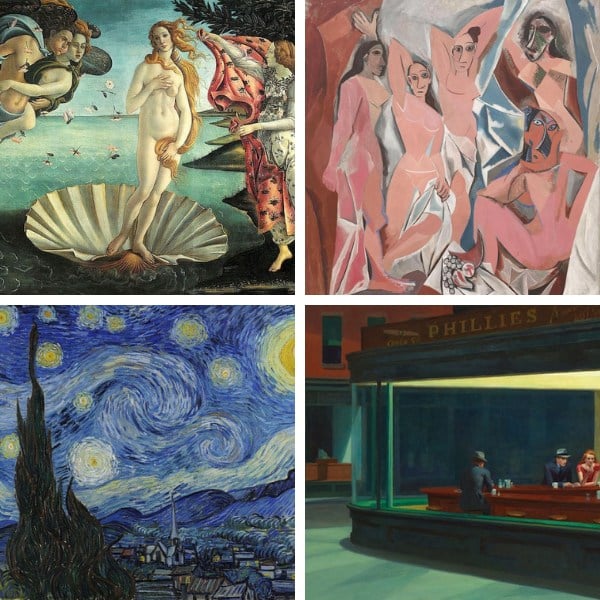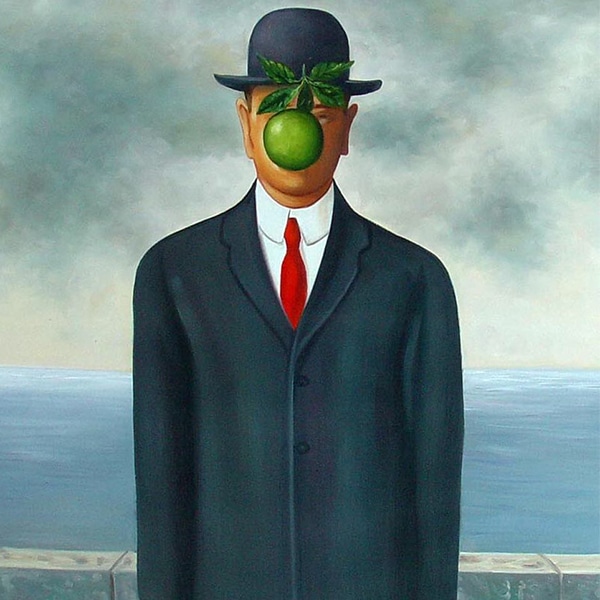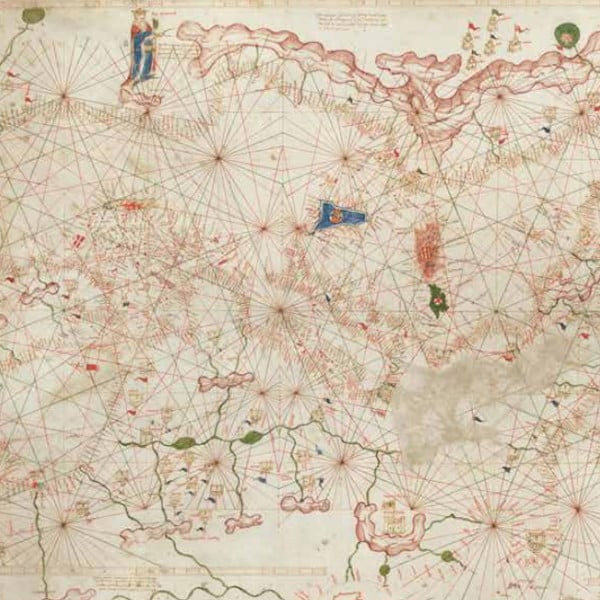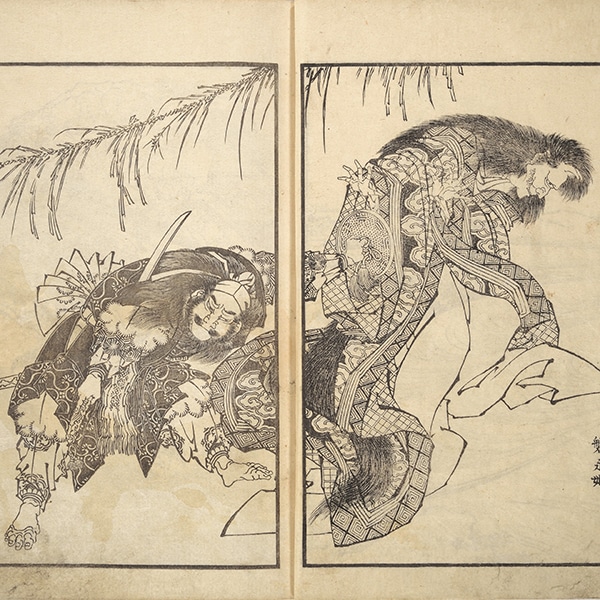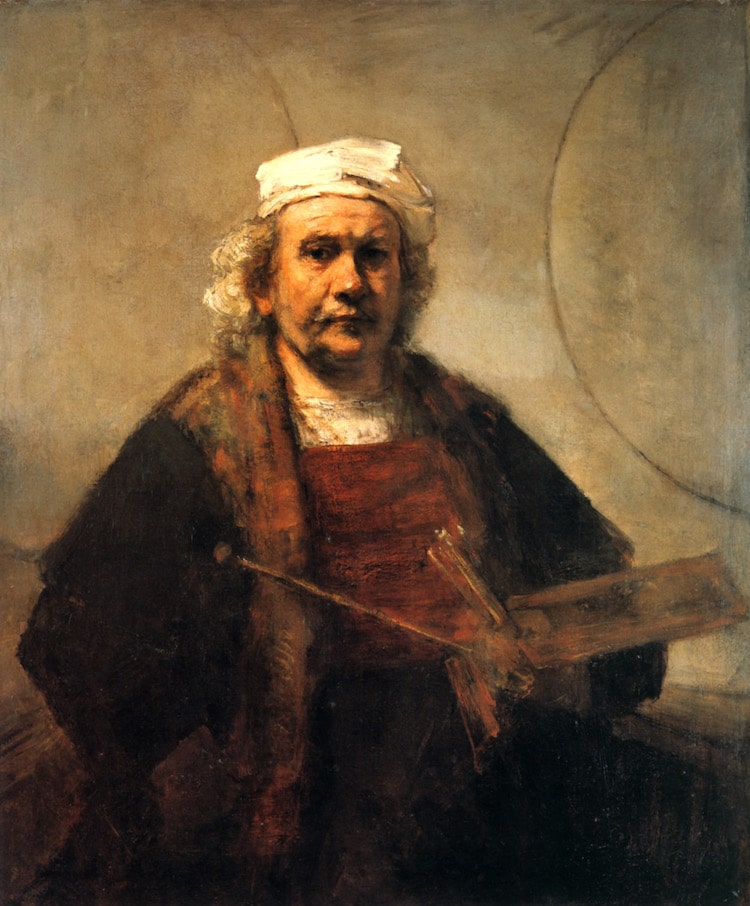
Rembrandt, “Self-Portrait with Two Circles,” c. 1665-1669 (Photo: Terry Long via Wikimedia Commons, Public domain)
This post may contain affiliate links. If you make a purchase, My Modern Met may earn an affiliate commission. Please read our disclosure for more info.
Dutch artist Rembrandt Harmenszoon van Rijn is regarded as one the most important and influential figures in the history of art. Celebrated for his successes spanning multiple mediums and types of subject matter, he has been called a “colossus of art” by prolific sculptor Auguste Rodin and a “magician” by Post-Impressionist pioneer Vincent van Gogh. In addition to these titles, he is also known as an “Old Master“—a label reserved for Europe's most prolific pre-19th-century painters.
Rembrandt's artwork has captivated audiences across the globe for centuries. Ranging from monumental paintings to miniature prints, his body of work remains one of the most impressive oeuvres of all time.
Full Name | Rembrandt Harmenszoon van Rijn |
Born | July 15, 1606 (Leiden, Netherlands) |
Died | October 4, 1669 (Amsterdam, Netherlands) |
Notable Artwork | The Night Watch |
Movement | Baroque |
Who was Rembrandt?
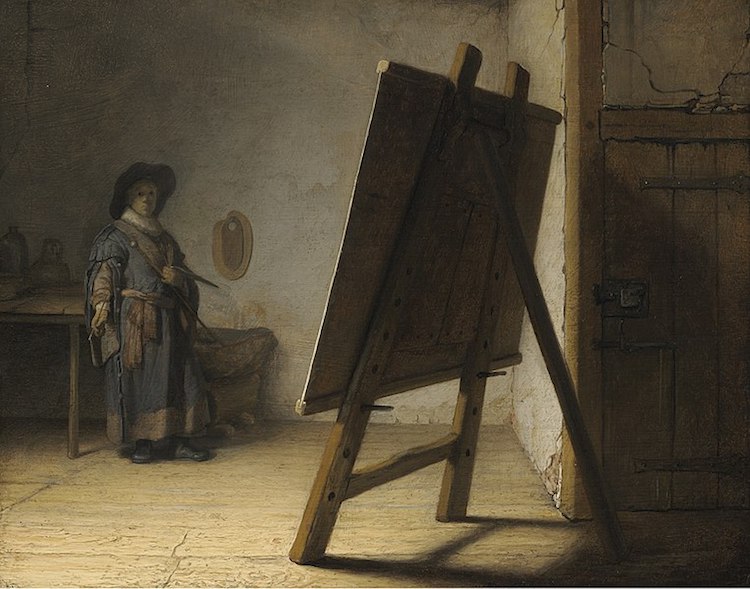
Rembrandt, “The Artist in his Studio,” c. 1626–1628 (Photo: http://eev.liu.edu/ via Wikimedia Commons, Public domain)
Rembrandt (1606-1669) was at the forefront of the Dutch Golden Age, a prosperous period that spanned the 17th century. In the arts, this period is characterized by an interest in everyday subjects and advancements in painting influenced by the Northern Renaissance. As a painter, printmaker, draughtsman, and even art dealer during this time, Rembrandt looked to Renaissance artists—including both Northern and Italian masters—for inspiration.
He saw great success throughout most of his career, producing some of the world's most well-known paintings, an iconic collection of self-portraits, and admired etchings. However, toward the end of his life, he had a crisis that was likely caused by frivolous spending and lackluster sales as a dealer. Though he died a poor man, he has since seen great posthumous success and is recognized for his contributions to European art.
Different Art Mediums
During the Renaissance, master artists like Leonardo da Vinci and Michelangelo worked with different materials across several disciplines. Rembrandt adopted this multifaceted approach to his practice as well, excelling in painting, printmaking, and drawing.
Painting

Rembrandt, “The Nightwatch,” 1642 (Photo: Rijksmuseum via Wikimedia Commons, Public domain)
While Rembrandt is praised for each of his talents, he is perhaps most well-known for his paintings. An expert at capturing the contrast between luminescence and shadows, he produced painted works that evoke emotion through dramatic tonality.
This theatrical treatment of light is evident in his most famous painting, The Night Watch (1642), a large-scale group portrait of a militia company.
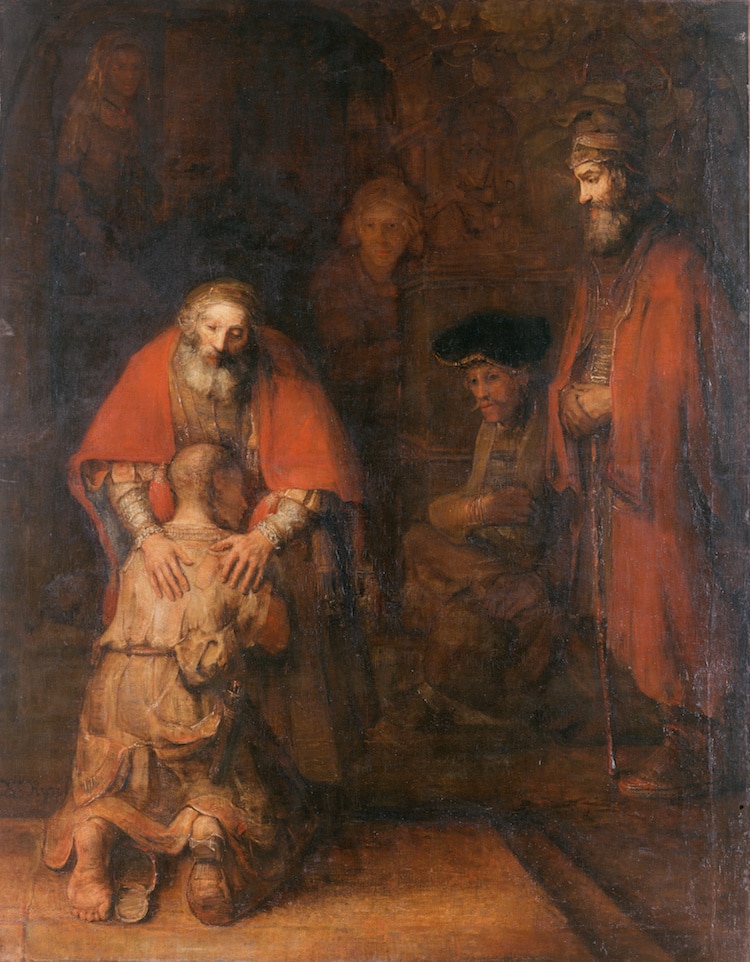
Rembrandt, “The Return of the Prodigal Son,” 1668 (Photo: Hermitage via Wikimedia Commons, Public domain)
In addition to this distinctive use of light, Rembrandt's paintings also showcase his skilled brushwork. His earlier pieces, like The Anatomy Lesson of Dr. Nicolaes Tulp (1632), are rendered in refined strokes, while his later works, like The Return of the Prodigal Son (1669), convey a more expressive approach to painting. In both cases, however, it is clear that Rembrandt excelled at his craft.
Printmaking
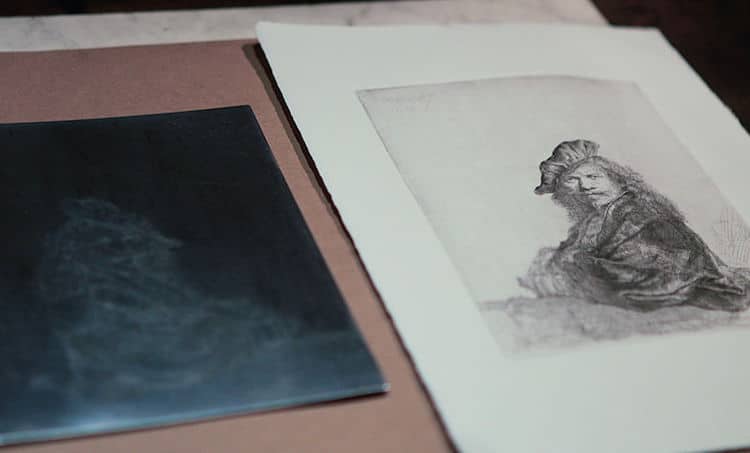
Photo: Autopilot via Wikimedia Commons GNU Free Documentation License
In addition to paintings, Rembrandt also produced graphic prints. These were created using two techniques: etching and drypoint. In both cases, an image is incised onto a metal plate, which is covered in ink to make a print. While etching employs chemicals to create this initial image, the drypoint process entails drawing directly onto the plate with a needle-like instrument.
Rembrandt mastered both of these methods, culminating in a collection of roughly 300 prints.
Draughtsmanship
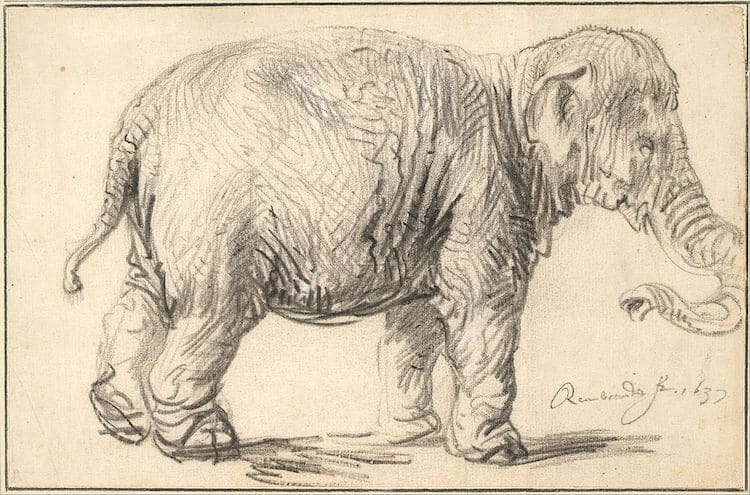
Rembrandt, “An Elephant,” 1637 (Photo: Google Art Project via Wikimedia Commons, Public domain)
As a master of drawing, Rembrandt specialized in sketched portraits, studies of animals, and genre art, or depictions of everyday life. To create these compositions, he primarily employed black and brown ink as well as red, white, and black chalk.
Diverse Subject Matter
Landscapes
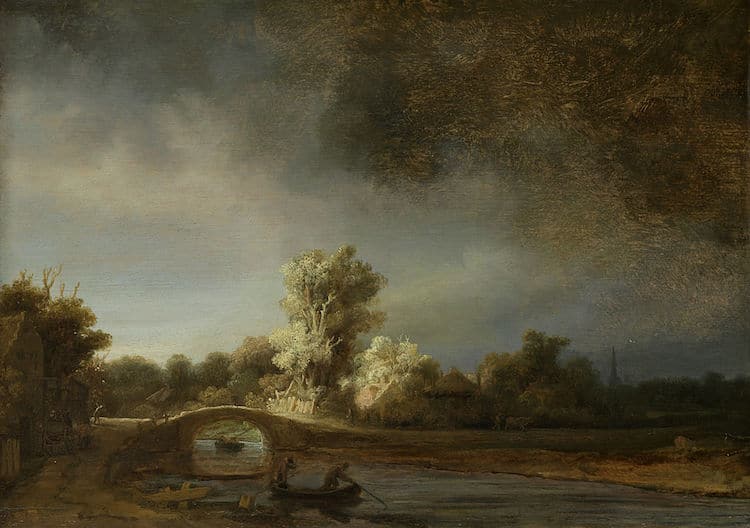
‘Landscape with a Stone Bridge' (1638) (Photo: Rijksmuseum via Wikimedia Commons Public Domain)
In his paintings, prints, and drawings, Rembrandt explored a wide array of subjects. This eclectic iconography includes landscape paintings, like Landscape with a Stone Bridge (1638). His evident appreciation for the outdoors is not surprising, as he famous advised artists to “choose only one master—nature.”
Portraits
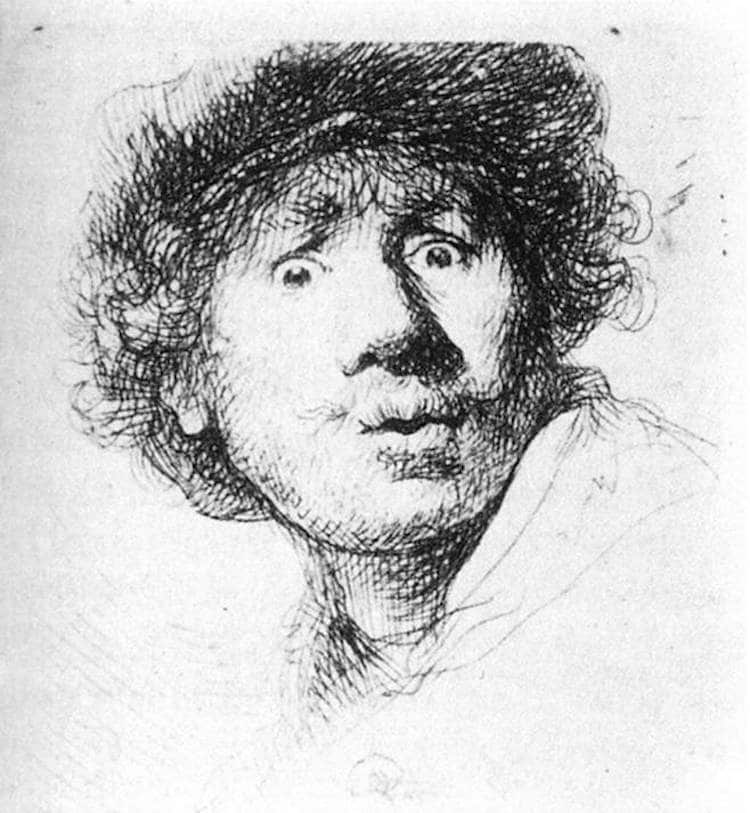
‘Self-Portrait, Staring' (1630) Photo: Web Gallery of Art via Wikimedia Commons Public Domain {PD-1923})
His oeuvre also features a penchant for portraiture, ranging from realistic depictions of his contemporaries to a comprehensive collection of roughly 100 revealing self-portraits.
Narrative Art
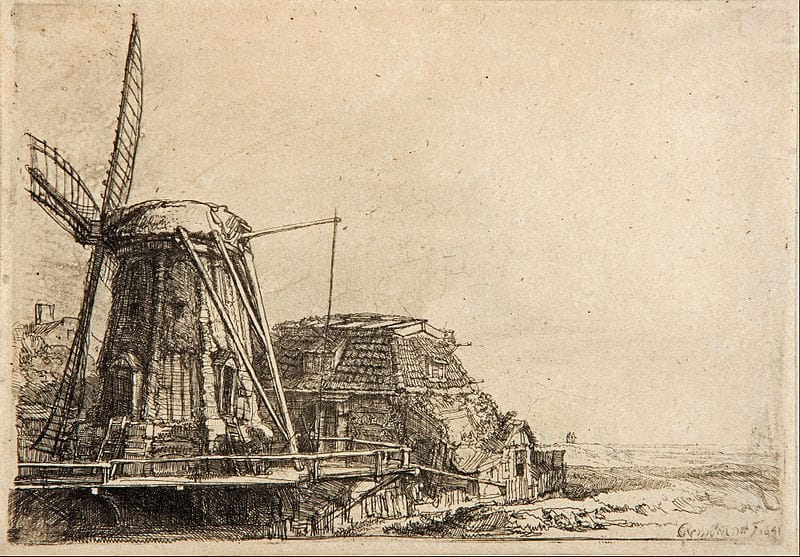
‘The Windmill' (Etching) (1641) Photo: Google Art Project via Wikimedia Commons (Public Domain)
Lastly, he regularly explored narrative art, including biblical stories, historical depictions, and portrayals of everyday life. By artistically exploring seemingly straightforward scenes, he was able to recognize and reveal unexpected elements of his subjects.
According to A Dictionary of Thoughts: Being a Cyclopedia of Laconic Quotations from the Best Authors of the World, both Ancient and Modern (1908), he explained: “Try to put well in practice what you already know; and in so doing, you will in good time, discover the hidden things which you now inquire about. Practice what you know, and it will help to make clear what now you do not know.”
Famous Artworks
The Anatomy Lesson of Dr. Nicolaes Tulp, 1632
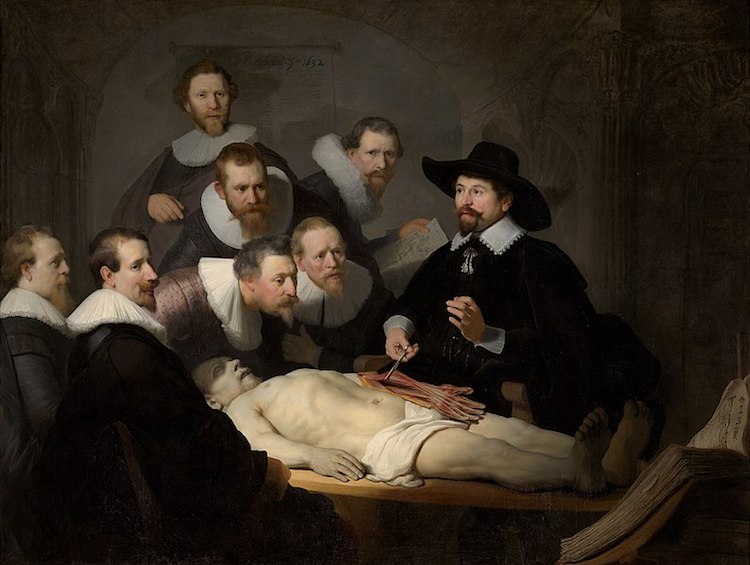
Rembrandt, “The Anatomy Lesson of Dr. Nicolaes Tulp,” 1632 (Photo: Mauritshuis online catalogue via Wikimedia Commons, Public domain)
A decade before Rembrandt produced his masterpiece The Night Watch, he was a newly established portrait painter in the Dutch Republic. His first major commission in Amsterdam was a striking painting of a doctor performing a public dissection before a group of fascinated spectators.
Entitled The Anatomy Lesson of Dr. Nicolaes Tulp, this large group portrait is considered an early triumph for the 26-year-old Rembrandt. It not only exemplifies the style and techniques of the Dutch Golden Age but also demonstrates the artist's theatrical approach to a genre that was typically quite static.
The Night Watch, 1642

Rembrandt, “The Nightwatch,” 1642 (Photo: Rijksmuseum via Wikimedia Commons, Public domain)
The Night Watch—originally titled Militia Company of District II under the Command of Captain Frans Banninck Cocq—is a massive group portrait of Captain Banninck Cocq and seventeen members of his civic militia guards.
Completed in 1652, this massive work is one of the hallmarks of the Dutch Golden Age. Not only does it display Rembrandt's masterful skills at rendering dozens of individuals almost lifesize, but it also features Baroque art qualities like a dramatic use of light and shadow and a display of movement.
Legacy
Today, Rembrandt is regarded as a famed painter and one of the greatest printmakers of all time. His work is exhibited in world-class museums, from Amsterdam's acclaimed Rijksmuseum to Paris' iconic Louvre Museum. Fittingly, the versatile artist's influence is even evident in contemporary design, inspiring everything from algorithm art to artistic action figures.
Frequently Asked Questions
Who is Rembrandt?
Rembrandt Harmeszoon van Rijn (1606–1669) was an artist from the Dutch Republic (modern-day Netherlands), and one of the most prominent figures of the Dutch Golden Age.
Why did Rembrandt make so many self portraits?
Rembrandt created numerous self-portraits to express his identity as an artist and for practical purposes, such as a way of practicing facial expressions.
Did Van Gogh know Rembrandt?
While Van Gogh did not know Rembrandt—as he was born two centuries later—he was a great admirer of the old master's artwork.
This article has been edited and updated.
Related Articles:
The National Gallery of Art Releases Over 45,000 Digitized Works of Art as Free Downloads
